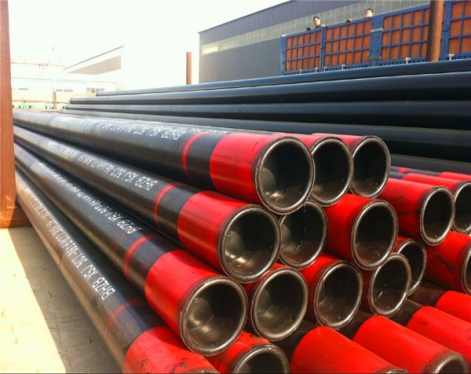
Oil well pipe (OCTG pipe), also known as oil special pipe, is a kind of steel pipe specially used for oil and natural gas exploitation. Most of them are seamless pipes, but welded pipes also account for a considerable proportion.
Read more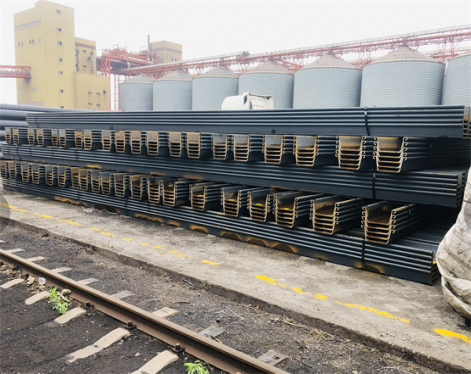
Steel sheet piles can be divided into: hot-rolled (stretched) steel sheet piles and cold-formed steel sheet piles according to different processing and manufacturing processes.According to the shape, it can be divided into: U-shaped steel sheet pile, Z-shaped steel sheet pile, L/S-shaped steel sheet pile, and linear steel sheet pile.
Read more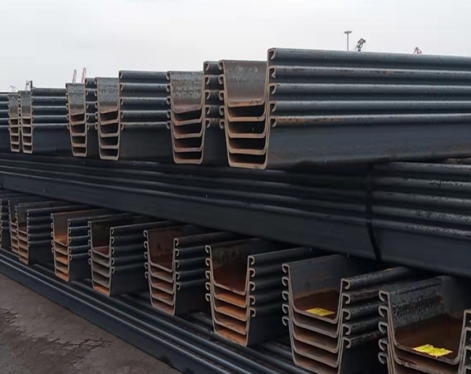
Firstly, the steel sheet piles should be processed, and the surface defects should be treated well, and the length, width, lock shape and other components should be inspected. If there are affected weldments, they need to be disposed of in advance. If there is serious corrosion, the actual thickness needs to be measured and reduced.
Read more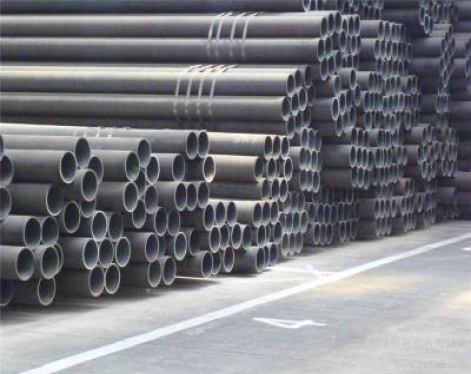
The seamless steel pipe is made of high-quality round steel as the main material, and then the round steel is perforated. The principle of perforation is to use high temperature to soften the round steel, and then use the plug to remove all the solid parts in the middle to become hollow round steel, that is, seamless steel pipe.
Read more
There are many measures to prevent welding deformation of welded pipes. Due to the welding deformation of welded pipes is inevitable in welding production. In order to achieve the purpose of controlling the amount of deformation, one or more methods should be selected in production according to the specific type of welding structure.
Read more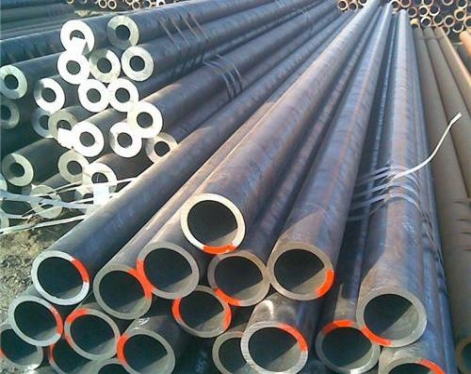
Surface roughness refers to the small spacing and small peak-to-valley unevenness on the surface of the processed seamless steel pipe.
Read more